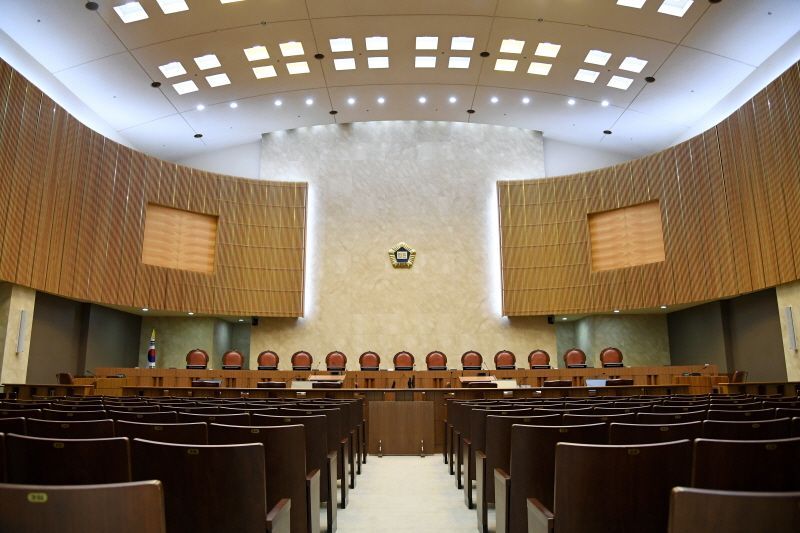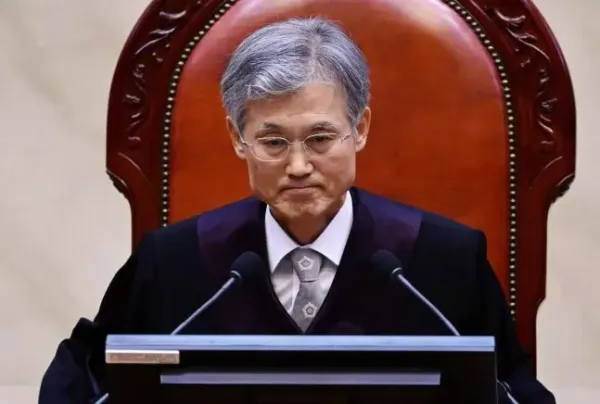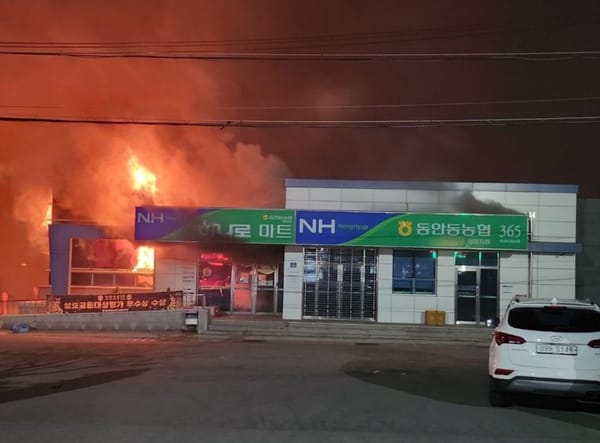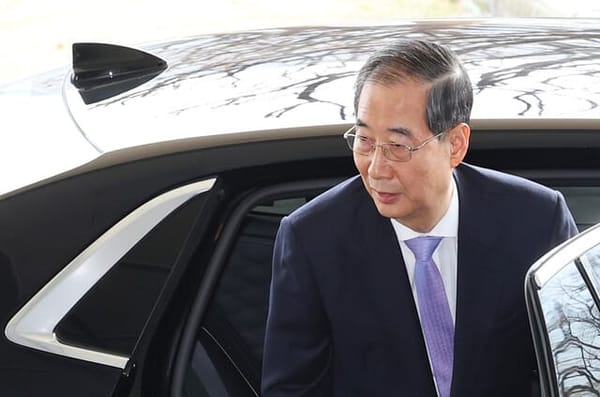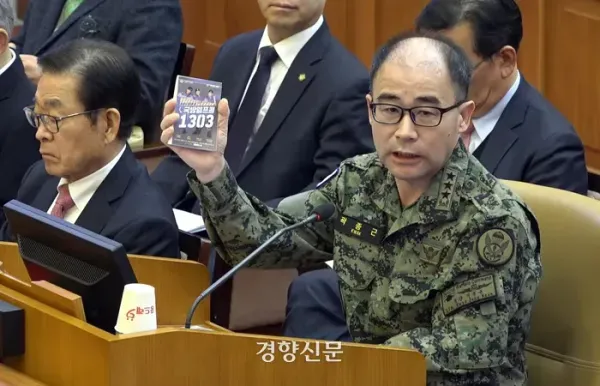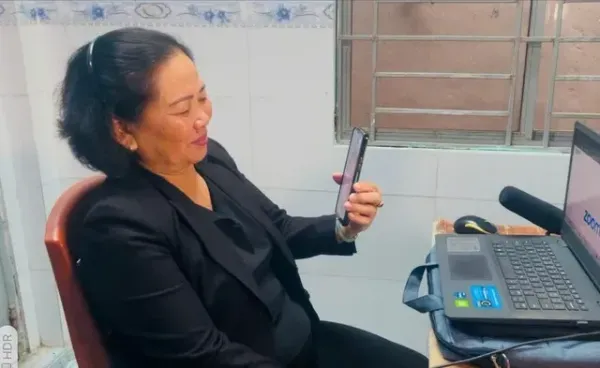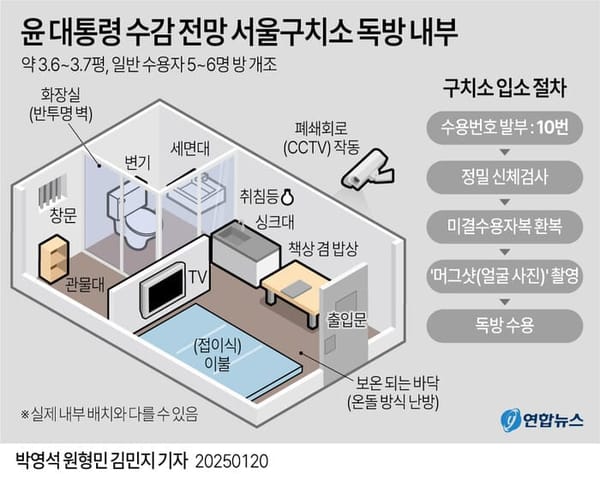Photo: Main chamber of the Supreme Court of the Republic of Korea. Credit: Website of the Supreme Court of the Republic of Korea.
South Korea is a country with a strong rule of law. In the 2020 edition of the World Justice Project’s Rule of Law Index, South Korea ranked 17th in the world, higher than France and the United States. At the center of South Korea’s rule of law is its sophisticated judicial system, staffed with highly competent legal professionals.
Reflective of its modern history, South Korea has a legal system that is largely based on Civil Law (i.e. continental European law,) with some US law characteristics. Korea’s modern code of law derives from its colonial experience under Imperial Japan in the early 20th century, and Imperial Japan in turn derived its modern code from German and French codes. Following independence from Japan and the beginning of US stewardship, the South Korean legal system adopted a few US law characteristics (such as constitutional due process), but the basic Civil Law structure remained. Because of this history, Korean legal scholars often refer to German legal concepts to interpret their own laws. Having a Continental style, code-based legal system (as opposed to an Anglo-American style precedent-based legal system) means that Korea’s legal interpretations can appear to be highly technical and formalistic.
South Korea’s judiciary 사법부 is made up of one Supreme Court 대법원 and six High Courts 고등법원, under which there are numerous District Courts 지방법원, Family Courts 가정법원, Bankruptcy Courts 회생법원 and Administrative Courts 행정법원. In addition, a specialized Patent Court 특허법원 exists at the same level as High Courts, exercising nationwide jurisdiction on matters of intellectual property. Except in a handful of cases in which the Supreme Court or the High Court (or a High Court equivalent) exercises original jurisdiction (usually cases involving elections dispute or patents,) disputes in South Korea are afforded three hearings. The judges are appointed by the Chief Justice of the Supreme Court 대법원장, based on the recommendation from the Judge Appointment Committee 법관인사위원회, an 11-member group that includes judges, prosecutors, attorneys and law professors. Judges serve a renewable ten year term until their mandatory retirement at age 65. Currently, there are slightly fewer than 3,000 judges in South Korea.
Also worth noting is the Constitutional Court 헌법재판소, which is not a part of the judiciary despite having the name “court.” It is more appropriate to understand the institution as a “constitutional council” - a body that exists outside of the three branches of the government to adjudicate matters of constitutional interpretation only. The three branches of the government - the executive through the President 대통령, the legislative through the National Assembly 국회, and the judiciary through the Chief Justice of the Supreme Court 대법원장 - each select three justices for the Constitutional Court to form the nine-judge panel. (The opposition party selects the justice for one of the three seats allotted to the legislature.) The constitutional justices serve a six-year term, with one extension allowed. The Constitutional Court may declare a law or policy unconstitutional by a vote of six or more. (In other words, by design, the Constitutional Court cannot introduce a major change in Korea’s constitutional interpretation by a 5-4 vote, as is often the case in the United States Supreme Court.)
The manner in which South Korea trains its attorneys and judges recently underwent a major change. Previously, South Korea selected attorneys through a highly competitive bar examination 사법고시, which only produced a few hundred lawyers per year. Everyone who passed the bar would enter a training school, the Judicial Research and Training Institute (JRTI) 사법연수원, at the conclusion of which they would begin their career as judges, prosecutors or attorneys. This changed in 2007, when South Korea introduced a US-style law school system, and gradually expanded the number of attorneys produced each year. (In 2020, there were 1,768 new attorneys.) Similarly in 2011, Korea began requiring that new judges must have at least several years of experience before being appointed, in response to the criticism that the fresh JRTI graduates lack the experience to understand the increasingly complex disputes they face. Currently, five years of experience is required; by 2026, the requisite experience will rise to ten years.
Although South Korea’s legal system is competent and sophisticated, it suffers from a persistent lack of public trust, as South Korea is a notoriously low-trust society. In the 2020 edition of the annual Trust Index Survey 신뢰도조사 by SisaIN 시사인 magazine, the Supreme Court 대법원 and the Public Prosecutors’ Office 검찰청 both placed within the lower third of the 17 public institutions surveyed, falling behind institutions like the Korea Diseases Prevention and Control Agency 질병관리청, the National Tax Service 국세청 or even the National Intelligence Service 국가정보원, i.e. the spy agency, (See previous coverage, “Korea’s Social Trust.”) One of the major scandals of the Park Geun-hye 박근혜 administration, which ended with the impeachment and removal of the president in 2017, was the attempt by the then-Chief Justice of the Supreme Court Yang Seung-tae 양승태 전 대법원장 to railroad politically sensitive cases in exchange for lowering the case load for the Supreme Court. The PPO has been the center of politics during the Moon Jae-in 문재인 administration which placed prosecution reform at the top of the agenda. (See previous coverage, “CIO Ready to Launch.”)


